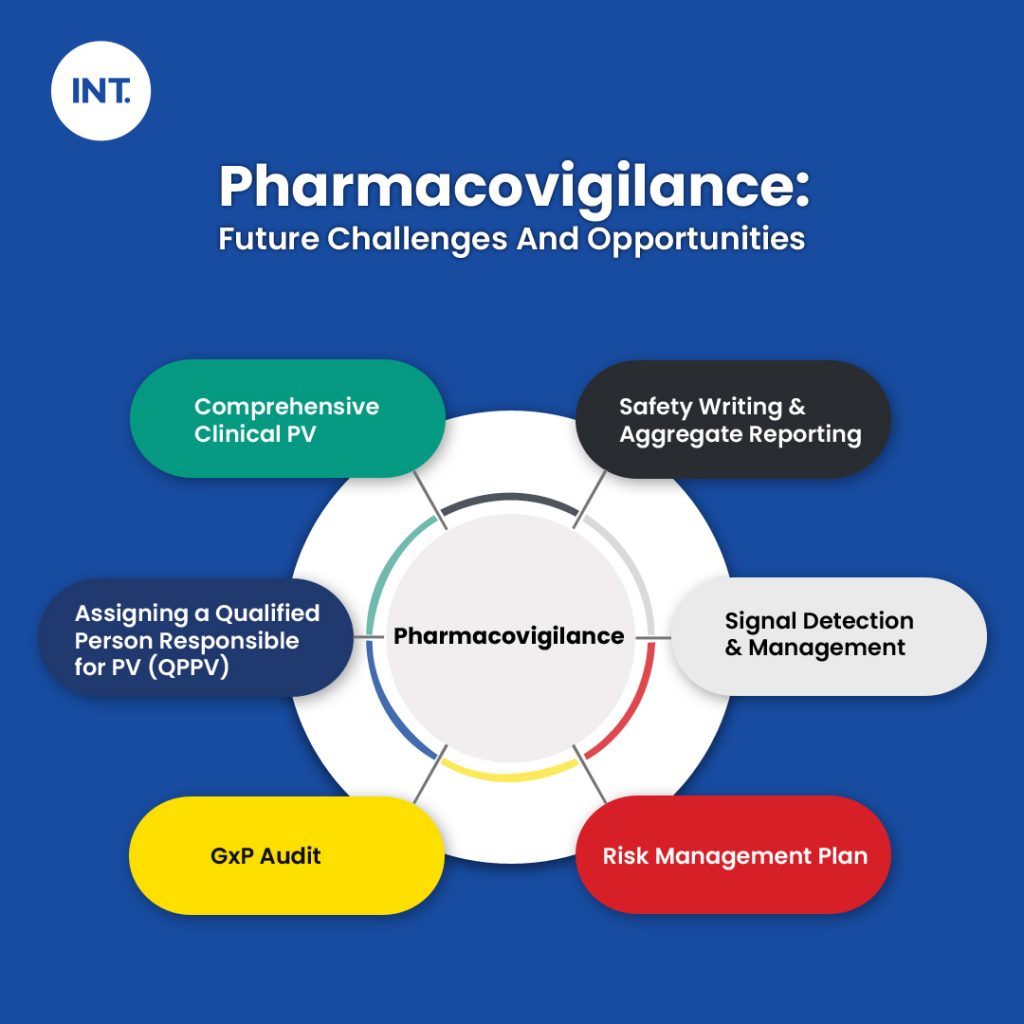
Pharmacovigilance is expected to be a major buzzword in the near future and is already making waves globally. What is Pharmacovigilance?
A basic definition would be tracking and evaluating the impact or effect of medicines or drugs, post their licensing for usage, particularly for the identification and analysis of earlier adverse reactions which were unreported.
This is the pharmacovigilance meaning for the layman and drug safety pharmacovigilance has several other facets to it.
However, it should be remembered that monitoring medicinal safety is a process which is not just dynamic, but also continuous across the entire drug lifecycle.
The primary aim of evaluation in the pre-clinical study phase is the identification of safe dosages for human beings and also parameters for safety in terms of clinical tracking/monitoring.
For the clinical phase, studies help evaluate how tolerable the dosage is and also reactions along with the suitable range of doses for those with conditions.
The phase-III clinical trials are crucial for enhancing the understanding of a drug’s risk and benefit profile while identifying adverse reactions which are not as common.
Despite such an extensive trail framework, there are still limitations which do not enable proper assessment of safety profiles of drugs in several cases as per reports.
The challenges include the fact that studies are mostly held on patients in limited numbers, chosen on the basis of stringent eligibility conditions, which may not be accurate representation of the actual population, and have lower duration, thereby posing a hurdle towards long-term identification of adverse reactions.
The post-marketing medicine evaluation procedure will help better for defining this safety profile of any drug in a real-world context.

Some key points include the following:
Pharmacovigilance may also get a boost from AI and ML with regard to automatically carrying out case report entries and other processing, identifying adverse event clusters with symptoms, and conducting various studies in the pharmaco-epidemiological space.
Other advantages include forecasts of adverse events and prevention through multiple models, and linkages of data via the probabilistic matching technique across datasets.
The future challenges regarding data from multiple sources, faster processing, and possibly forecasting with accurate models may be solved to a large extent with suitable AI and ML techniques.

